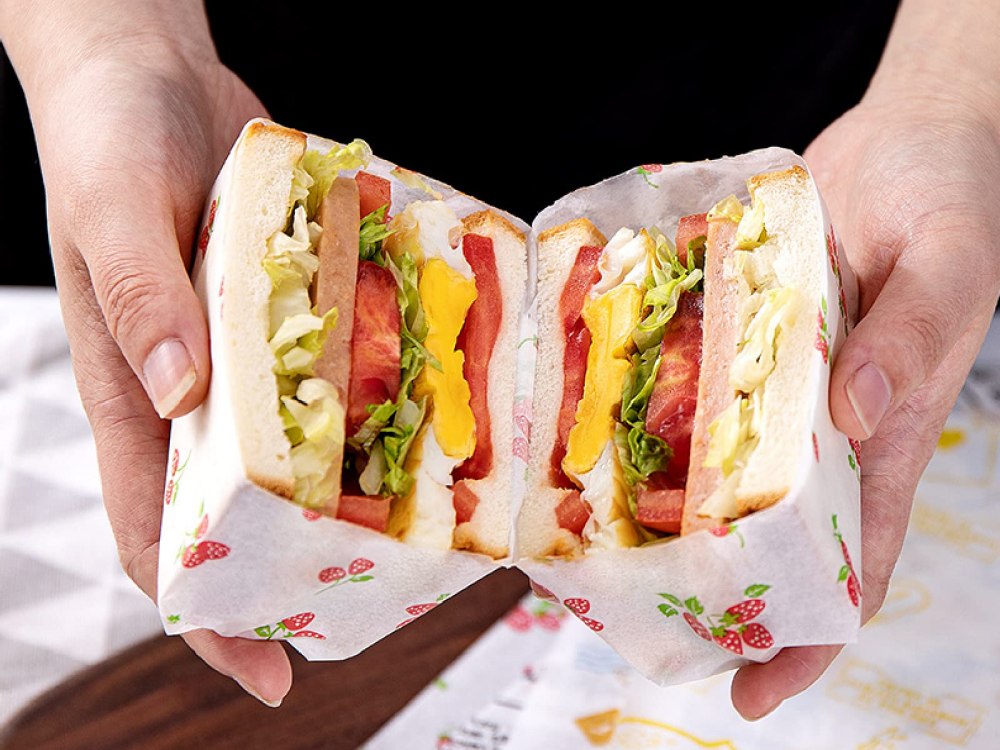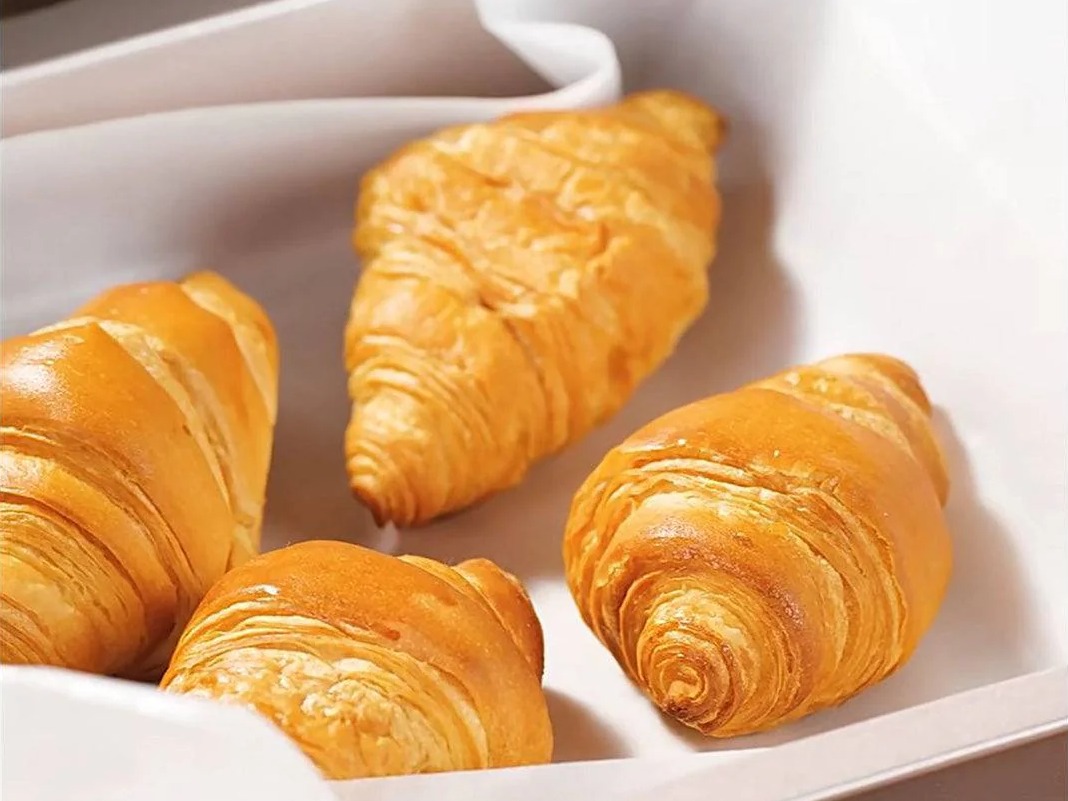Greaseproof Paper vs. Parchment Paper
Greaseproof vs. Parchment Paper: Differences Explained
Greaseproof Paper is made by mechanically refining wood pulp to create dense, non-porous cellulose fibers that naturally resist oils. No chemical coatings.
Parchment Paper features a food-grade silicone coating (quartz or sand-derived) on both sides, creating a heat-resistant, non-stick surface.
Key Performance:
| Property | Greaseproof Paper | Parchment Paper |
| Max Temp | 205°C (400°F) | 230°C (450°F) |
| Oil Resistance | Excellent | Good (but not its primary purpose) |
| Moisture Barrier | Poor | Moderate |
| Reusability | Single-use | 2-3 uses if undamaged |
Pro Tip: For candy makers, parchment's silicone coating prevents sugar crystallization better than greaseproof paper.
Applications
Commercial Kitchen Uses
Parchment Paper Dominates In:
-
-
Bakeries: Lining sheet pans for consistent cookie browning
-
Restaurants: En papillote (steamed) fish preparation
-
Meal Prep: Separating burger patties for freezing
-
Greaseproof Paper Excels At:
-
-
Fast Food: Wrapping greasy items like fish & chips (absorbs 20% less oil than parchment)
-
Delis: Interleaving cheese slices to prevent sticking
-
Confectionery: Hand-rolling pralines without coating transfer
-
Home Kitchen Hacks
Use parchment for:
-
-
DIY piping bags (fold into cones)
-
Easy cleanup when rolling pastry dough
-
Use greaseproof for:
-
-
Microwave splatter covers
-
Protecting countertops when decorating cakes
-
What Manufacturers Don't Always Tell You
Temperature Testing Insights
-
Parchment paper begins darkening at 220°C (428°F) but remains stable up to 230°C. Beyond this, the silicone breaks down, potentially releasing trace volatiles.
-
Greaseproof paper chars at 210°C when exposed to direct oven elements (like broilers).
FDA & EU Compliance
-
Parchment: Must use food-grade silicone (FDA 21 CFR 175.300 compliant)
-
Greaseproof: Bleach-free options available for organic certification
Real-World Testing
We roasted vegetables at 200°C for 45 minutes:
-
Parchment: No sticking, easy release
-
Greaseproof: Mild sticking, edges curled upward
Cost Analysis for Bulk Buyers (2024 Pricing Trends)
Price Benchmarks (Per 100 Sheets):
| Type | Consumer Price | Commercial Bulk Price |
| Standard Parchment | 12−15 | 8−10 (500+ sheets) |
| Greaseproof Rolls | 6−8 | 3−5 (1000ft rolls) |
ROI Considerations:
-
Bakeries: Pre-cut parchment sheets reduce labor costs by 15% vs. tearing rolls
-
Food Trucks: Greaseproof saves $0.02 per wrapped burger vs. parchment
Hidden Costs Alert:
-
Silicone-coated parchment adds $0.0003/sheet in disposal fees (non-recyclable in many municipalities)
Sustainability
End-of-Life Options:
| Greaseproof | Parchment | |
| Home Compostable | Yes (unbleached) | Rare (only specialty brands) |
| Industrial Composting | Sometimes | No (silicone barrier) |
| Recycling | Possible if clean | Almost never |
Innovations to Watch:
-
Mushroom-based greaseproof barriers (in development)
-
Silicone-free parchment alternatives using rice bran wax
FAQ
Q: Can I use parchment paper in air fryer?
A: Yes, but, first, use weights or perforated sheets to prevent flying; secondly, maximum 200°C to avoid silicone breakdown.
Q: Why does greaseproof paper stick to muffins?
A: It lacks parchment's silicone layer. Solution is to Lightly grease the paper first.
Q: Which is better for freezing meat?
A: Parchment. Because its moisture resistance prevents freezer burn better.


